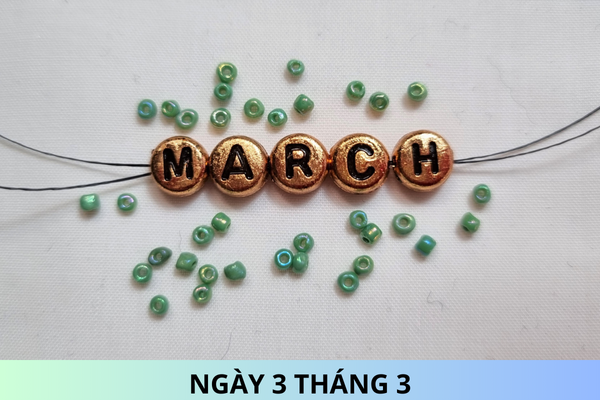Method for Determining the Quality Level of National Reserve Rice
Based on Subsection 3.2.3, Section 3 of the National Technical Regulation QCVN 06:2019/BTC, promulgated together with Circular 78/2019/TT-BTC, prescribing the method to determine the polish level of national reserve rice as follows:
Reagents
- Potassium hydroxide, crystalline form, pure grade.
- Ethanol, 96% (by volume).
- Mixture of potassium hydroxide solution and ethanol.
Dissolve 5 g of potassium hydroxide in 250 ml of distilled water in a 1-liter flask, then add 750 ml of ethanol to the flask and mix thoroughly.
Equipment and instruments
Use conventional laboratory equipment and instruments, specifically as follows:
- Magnifying glass, magnification from 5x to 12x.
- Tweezers for picking grains.
- Petri dish, 90 mm in diameter.
- Glass or porcelain dish.
- Flask, 1-liter capacity.
- Graduated cylinder, 100 ml or 50 ml capacity.
- Filter paper.
- Scale, with an accuracy of up to 0.01 g.
Procedure
From test sample 2 (see Appendix 4), take 3 samples, each 50 g. For each sample, randomly take 100 whole rice grains and place them in the petri dish. Pour 20 ml of the potassium hydroxide-ethanol solution into the petri dish to fully immerse the sample. Cover tightly and let stand for 30 minutes. Decant all the solution and transfer the entire rice sample onto filter paper, allowing it to dry naturally for 5 minutes. Coarse polished rice grains (with bran) will have a light brown color, while finely polished rice grains (only endosperm) will have a pale yellow color.
Using a magnifying glass and tweezers, pick all the grains with a light brown color covering more than 1/4 of the surface area or grains with the total length of light brown strips equal to or greater than the length of the grain, and place them in a clean porcelain or glass dish. Count the number of grains in the dish.
Calculation and expression of results
The rate of coarse polished rice grains in the sample is the number of coarse polished rice grains counted. Take the average of the three analysis results and round to the nearest unit. Compare the obtained results with Table B.1 to assess the polish level of the rice.
Table B.1 - Assessment of polish level of rice
| Polish Level | Rate of coarse polished grains, %, not exceeding |
| Very fine | 0 |
| Fine | 15 |
| Moderate | 25 |
| Normal | 40 |
We respond with this information to you!
Best regards!










